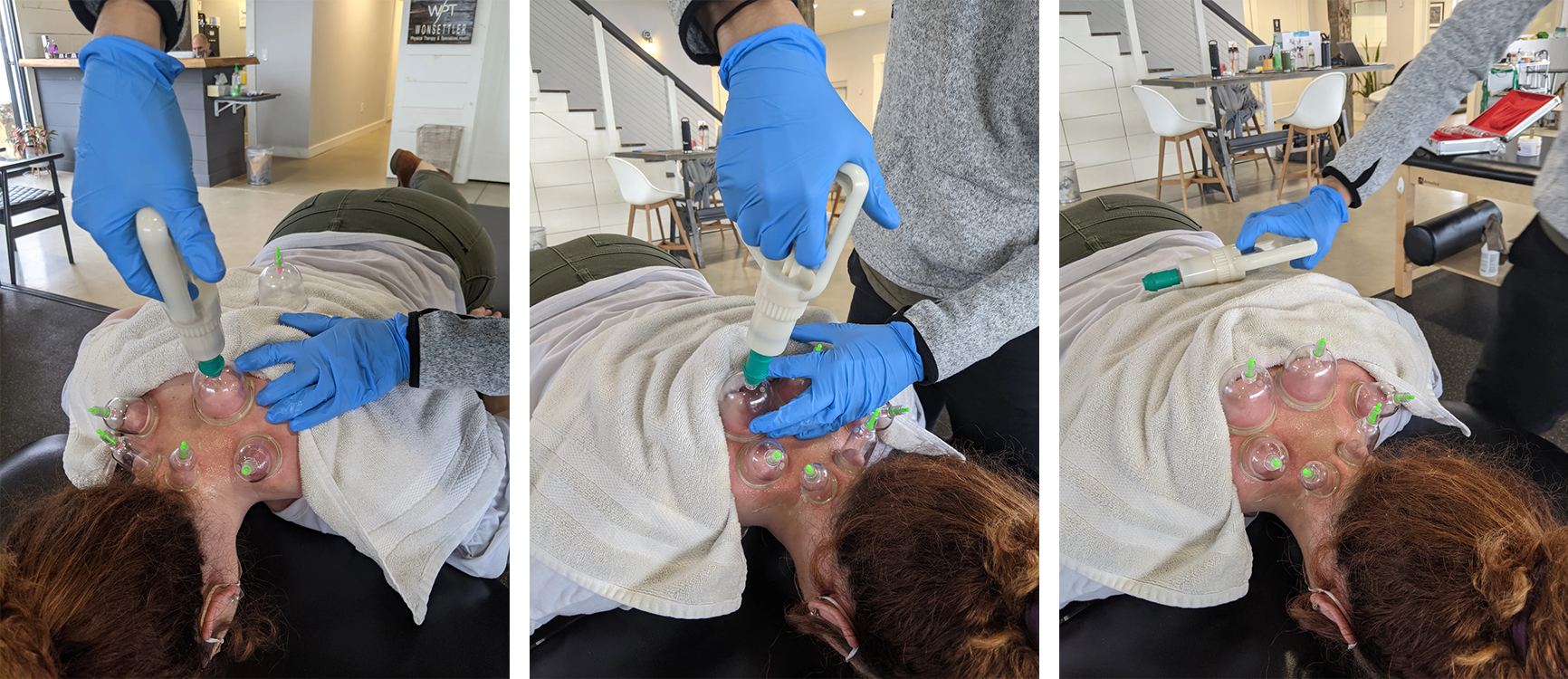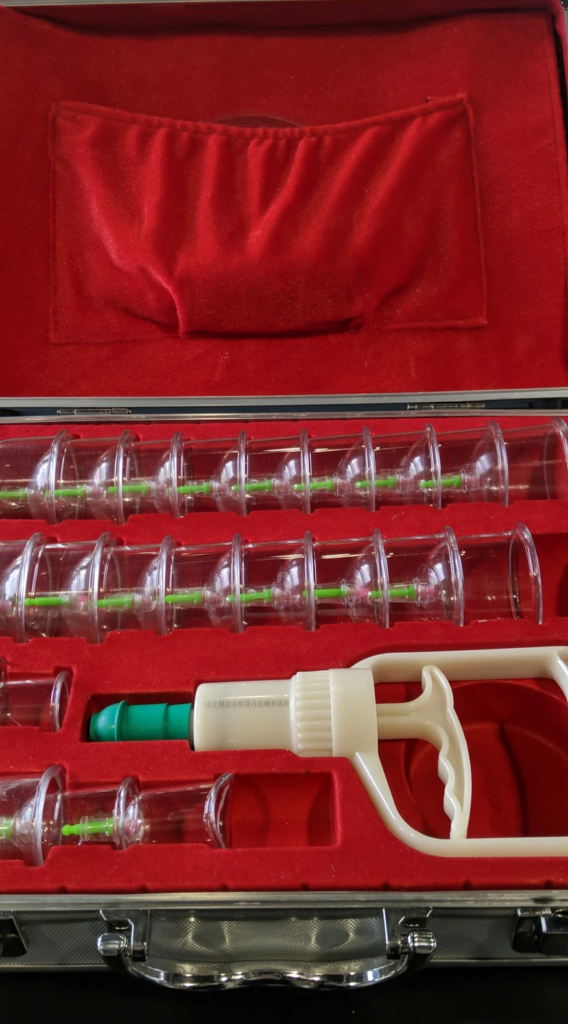As we previously stated here, our Beliefs (the “B”) influence the Consequence (the “C”) that manifests in our lives. Our reactions, our emotions, are not directly influenced by the Adversity (the “A”). Rather, our Beliefs are what’s responsible for our Consequences.
This pertains to how we interpret (how we THINK) about our physical issues as well.
Check out the video to learn more about how two different people can THINK differently about the SAME diagnosis, and how that thinking can manifest different trajectories in their dealing with that diagnosis.
It’s really difficult to cultivate the awareness of some of our deep seated thoughts, but this is necessary if we’re going to see our physical realities differently, and make steps toward a healthier version of our reality.
We challenge you to take 5-10 minutes and consider how some of your thoughts may be influencing your physical pain or immobility, and what you may be able to do to overcome those limiting BELIEFS!
For more resources on the ABC’s, click here.












